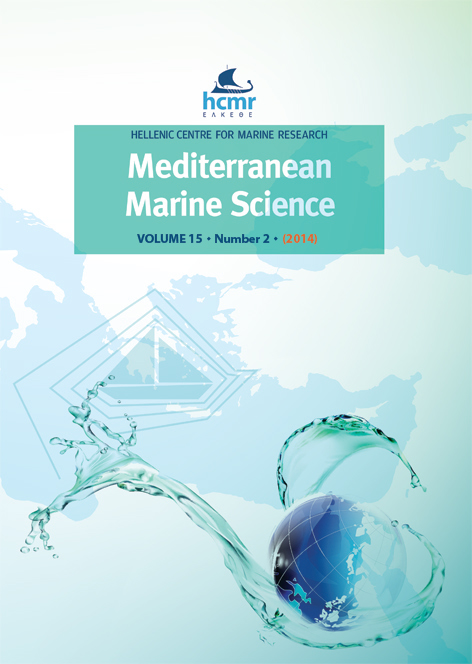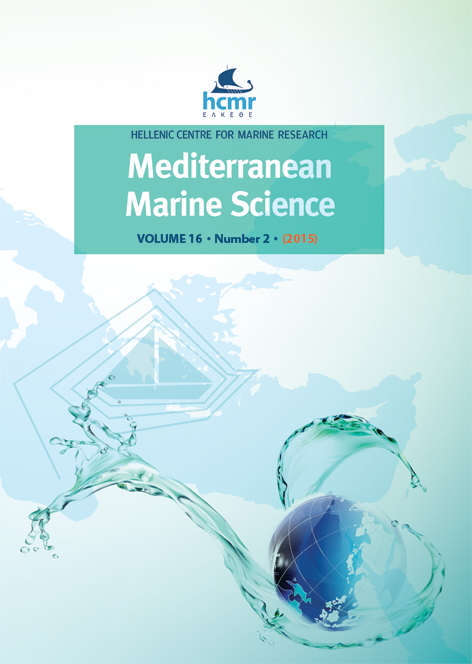Spatial and temporal variability of mobile macro-invertebrate assemblages associated to coralligenous habitat

Abstract
The study aimed to investigate patterns of spatial and temporal variability of mobile macroinvertebrate assemblages associated to coralligenous habitat. A multi-factorial sampling design was used to test the hypotheses that the structure of assemblages and their spatial and temporal variability changed in relation
to substrate inclination. Moreover, macroalgae and sessile macro-invertebrates were also investigated in order to detect eventual relationship between sessile and mobile assemblages. A total of 236 mobile macro-invertebrate taxa were identified, among them 2 Platyhelminthes, 4 Sipuncula, 6 Nemertea, 27 Mollusca, 86 Annelida, 103 Arthropoda, 8 Echinodermata. Results of the study showed that mobile macro-invertebrate assemblages of coralligenous habitat were little influenced by the inclination of substrate and by the morphology of sessile organisms, as patterns of variation were different between the two assemblages. Mobile macro-invertebrate assemblages changed among sampling dates within one year period and they showed high variability at the spatial scale examined.
Article Details
- How to Cite
-
BEDINI, R., BONECHI, L., & PIAZZI, L. (2014). Spatial and temporal variability of mobile macro-invertebrate assemblages associated to coralligenous habitat. Mediterranean Marine Science, 15(2), 302–312. https://doi.org/10.12681/mms.442
- Issue
- Vol. 15 No. 2 (2014)
- Section
- Research Article
Authors who publish with this journal agree to the following terms:
- Authors retain copyright and grant the journal right of first publication with the work simultaneously licensed under a Creative Commons Attribution Non-Commercial License that allows others to share the work with an acknowledgement of the work's authorship and initial publication in this journal.
- Authors are able to enter into separate, additional contractual arrangements for the non-exclusive distribution of the journal's published version of the work (e.g. post it to an institutional repository or publish it in a book), with an acknowledgement of its initial publication in this journal.
- Authors are permitted and encouraged to post their work online (preferably in institutional repositories or on their website) prior to and during the submission process, as it can lead to productive exchanges, as well as earlier and greater citation of published work (See The Effect of Open Access).






